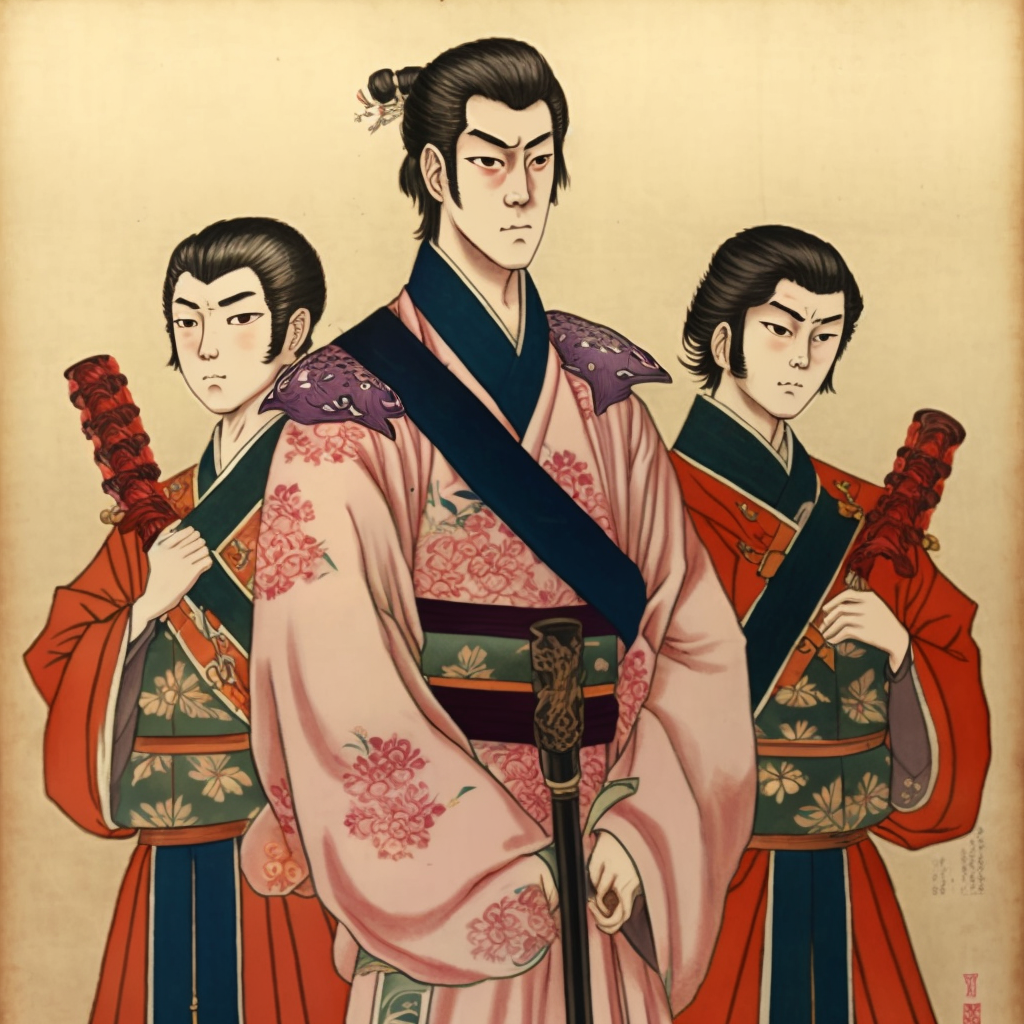The Sakoku period is one of the most fascinating periods in Japanese history. This period, which lasted from 1633 to 1853, is characterized by a policy of isolating Japan from the rest of the world, a policy that was put in place to protect Japanese culture and tradition from foreign influences.
Historical background and establishment of the Sakoku policy
The establishment of the Sakoku policy is often attributed to Shogun Tokugawa Iemitsu, who ruled Japan from 1623 to 1651. At that time, Japan had already experienced several centuries of contact with the outside world, especially with China and European countries. However, this opening up had also led to internal conflicts and civil unrest.
To end these conflicts and protect Japan from foreign influences, Tokugawa Iemitsu implemented a policy of strict isolation. Commercial and cultural contacts with the outside world were prohibited, with the exception of a few limited and regulated ports, where trade was strictly controlled. This policy also led to the persecution of Japanese and foreign Christians, as Christianity was considered a threat to Japanese culture and tradition.
Economic and cultural effects of the Sakoku policy
The Sakoku policy had significant economic effects on Japan. With the ban on foreign trade, Japanese merchants were forced to turn to the domestic market. This led to a significant development of trade within Japan, especially in the cities of Edo (now Tokyo), Kyoto and Osaka. Japanese merchants developed new products and services to meet domestic demand, which contributed to Japan’s economic prosperity during this period.
Culturally, the Sakoku policy led to a great internal effervescence. Japanese artists, writers and intellectuals produced works of high quality, reflecting Japanese cultural identity. New literary genres emerged, such as popular novels (the “jōruri”), and traditional Japanese arts such as the tea ceremony, calligraphy, and pottery were developed and perfected.
The end of the Sakoku period
The end of the Sakoku period is often attributed to the arrival of the American ships of Commodore Perry in 1853. These ships forced Japan to open its ports to international trade, ending nearly two centuries of isolation. This opening led to significant changes for Japan, including the adoption of new technologies and the modernization of the economy and society.



